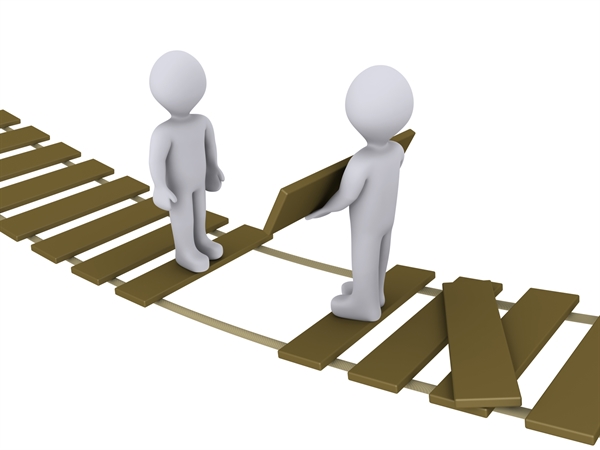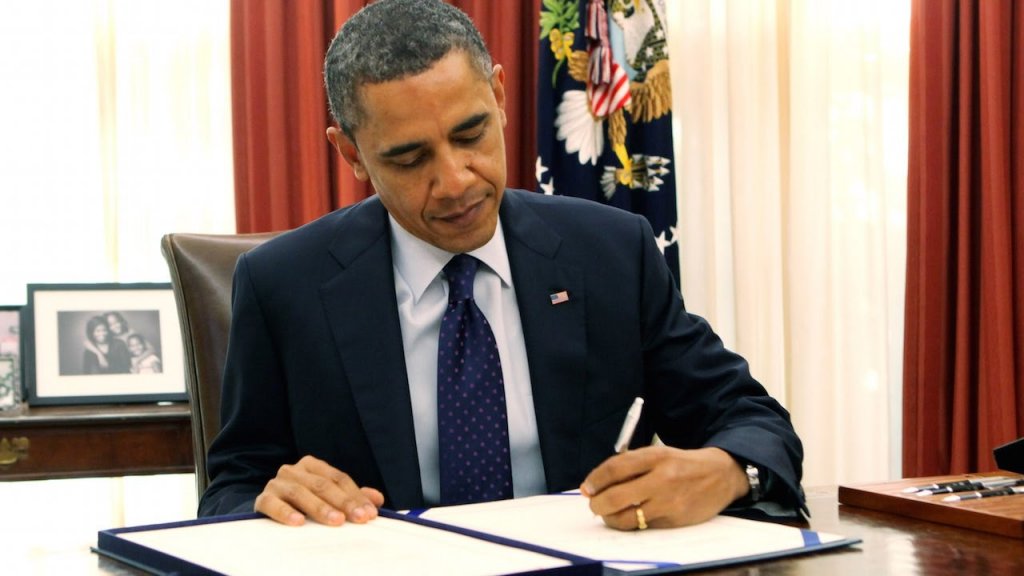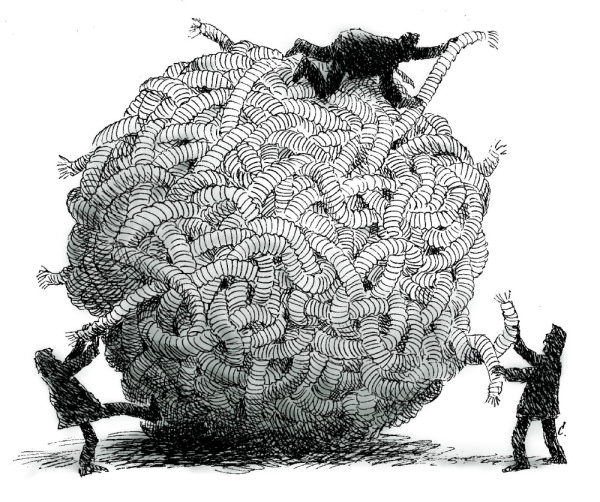Aparna
Published on
03 - 30 - 2016
Aparna
Published on
03 - 30 - 2016

As diversity, equity, and inclusion (DEI) professionals, we envision ourselves as bridge builders. Each person is in a different place in their understanding and experience, so we can’t expect everyone to magically comprehend the complexities of privilege, oppression, and colonialism (let’s be honest: we’re still trying to understand all the complexities). So we first tease out the knowledge and mindsets people already possess, and then figure out how to build a bridge to meet them where they are so they can continue to move forward in their DEI journey.
Building a bridge sometimes means not leading with concepts such as white privilege and and oppression right out of the gate. Doing so risks leaving some people behind forever, closing opportunities to foster DEI champions (and much needed allies). Building a bridge does not mean that we sugar coat reality or don kid gloves. Our ultimate goal is to keep all folks on the precipice between productive discomfort and unproductive shame, laying one plank down at a time for them to step forward.
So what does that look like in practice?
(1) reframe language: we often start with concepts like implicit biases (also called hidden or unconscious biases) rather than diving straight into white privilege and oppression. Once a person understand how bias works, we can then more effectively engage in a conversation around systems of power and oppression.
(2) build a continuum of trainings: after identifying where stakeholders are at in their DEI journeys, we help organizations build a continuum of trainings to move them along (e.g., DEI 101, 201, etc.).
(3) provide small wins: DEI work can seem overwhelming, so we help organizations provide stakeholders with lists of small wins—simple things they can do every day to budge the needle—to maintain morale.
(4) shine the light on bright spots: more intentionally naming and celebrating what organizations are already doing in the realm of DEI helps instill a sense of ownership and pride in DEI.
(5) utilize real-world examples: DEI trainings can often hover in the theoretical space. To help stakeholders translate this learning to their work, it helps to be pragmatic. Utilizing scenarios and examples that connect to their lives leaves them feeling like they have tangible tools, and not just theory.
(6) be flexible in the moment: Effectively meeting someone where they are requires reading the subtle cues that indicate they may be moving from the discomfort of learning to the pain of flight or fight, and pivoting in that moment to make sure they not only hear you, but can internalize what you’re saying.
Building bridges to meet people where they are is not easy. But it’s necessary to inspiring everyone to effect the change it will take to create a truly equitable, inclusive, and diverse environmental and outdoor industry.
Implementing President Obama's Memo on Diversity & Inclusion in Public Lands & Waters Dear valued partners and friends: We’re writing…
Read full post about What Does President Obama’s Memo Mean for You?When we ask workshop participants whether they have done an activity called "the privilege walk" before, hands inevitably shoot up,…
Read full post about From the knapsack of privilege to the backpack of biasIn one of our early workshops, I was considering whether to share my personal experience of taking the Implicit Association…
Read full post about When in doubt, ask “in service of what?”

